
Oily fish is one of the best sources of omega-3, which have a host of health benefits. We need omega-3 to maintain our health, but as our bodies can't produce these essential oils, we have to consume them.
However if you don't eat fish, then how can you keep your levels topped up? Recent research has found that although taking a fish oil supplement could reduce the risk for those who already have heart disease, they may increase the chances of someone developing cardiovascular problems or a stroke who hasn't had issues before.
In addition the British Dietetic Association does not recommend taking a general Omega-3 supplements, saying that evidence of any benefit is still inconclusive.
So how can you consume this essential oil if you don't eat fish?
Oily fish is the best source of omega-3, and the NHS recommends eating two portions of fish per week. But if that's not an option for you, we've got six plant-based foods that all contain high levels as an alternative.
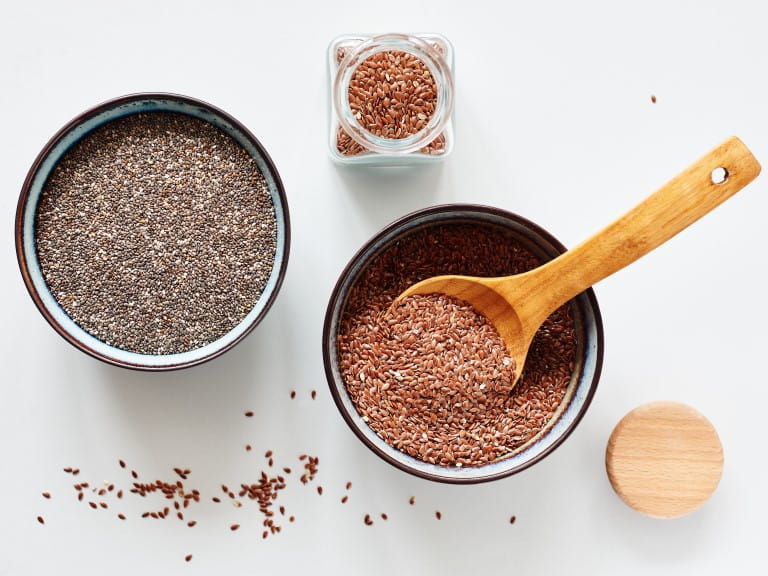
Flax (linseed) and chia are tiny little dark seeds packed full of omega-3, but because they’re so tiny and hard they’re difficult to break down by chewing. So either soak or grind the chia and flax up before putting them in a smoothie or adding to your cereal. Or you can use flax seed oil in salads and cooking, instead. Just two tablespoons of flax seeds will give you nearly 60% of your daily amount of omega-3.
These are rich in omega-3, with a cup of mung beans (around 75g) containing 603mg. Make your own baked beans with them, add them to a soup or stew, or cook them and stick them into the blender. Once blended into a purée you can eat them like that, add them to soups or sauces, or fry them to make crunchy bean fritters.

Eggs are a quick and easy way to make sure you’re getting your omega-3, and they're tasty too. Eggs do contain cholesterol, but more importantly they're low in saturated fat, which has the biggest impact on blood cholesterol levels. The British Heart Foundation says they're fine to include as part of a balanced diet.
Pumpkins and squash don’t pack the same omega-3 punch as the same amount of fish but a cup full of cooked squash will still give you a healthy 340mg. Added to that, they’re low in calories but contain lots of liquid and fibre, so ideal if you’re watching your waistline.
Soya beans, soya milk and tofu. Levels aren't as high as other foods, but they also contain omega-6.

These tasty nuts are another option for boosting your omega-3 intake. Walnuts also contain other health-benefiting nutrients, including vitamins, protein and fibre
Omega 3s are polyunsaturated fats, mostly found in oily fish, that have essential health benefits for the human body.
Studies have shown that higher levels of omega-3 can help protect against dementia. Other research found that if we are lacking in omega-3 our brains actually age faster. It also has benefits in protecting against heart disease and reducing inflammation in people with some forms of Arthritis.
More research found omega-3 can help reduce night sweats in women with menopause-related symptoms.
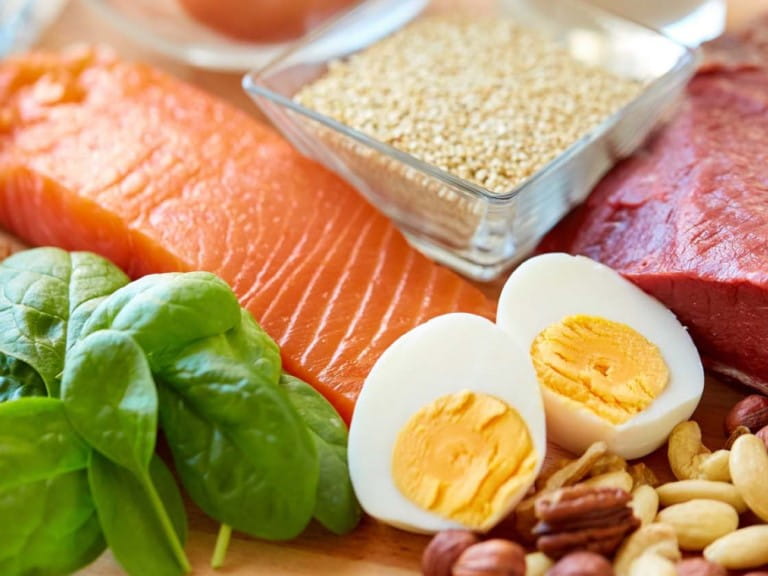
Everything you need to know about protein, from how it benefits your body to the best high-protein foods – and how much you really need.


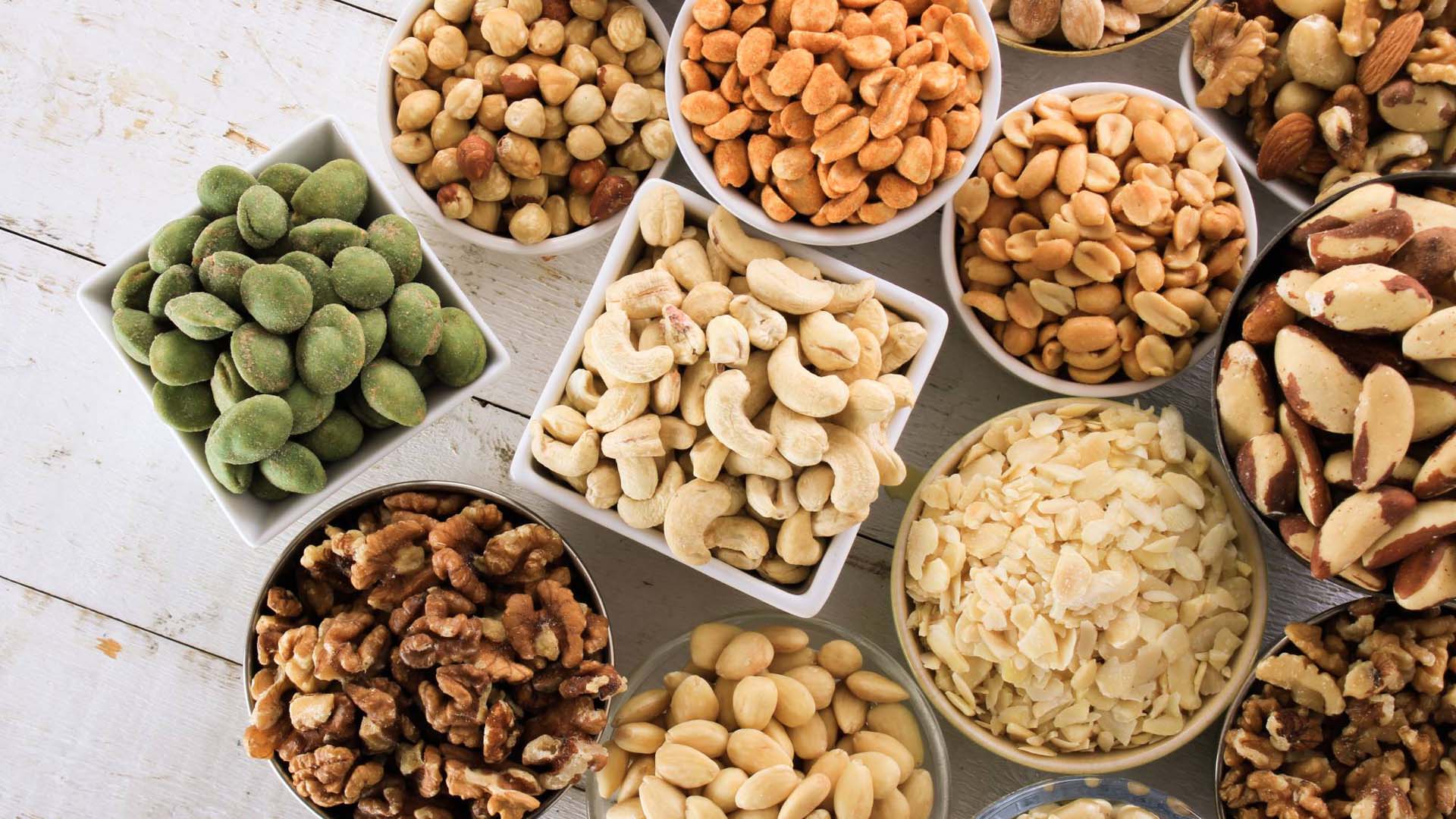
Let’s roast the myths! Not only are nuts less fattening than once feared, research shows they can cut the risk of heart disease too
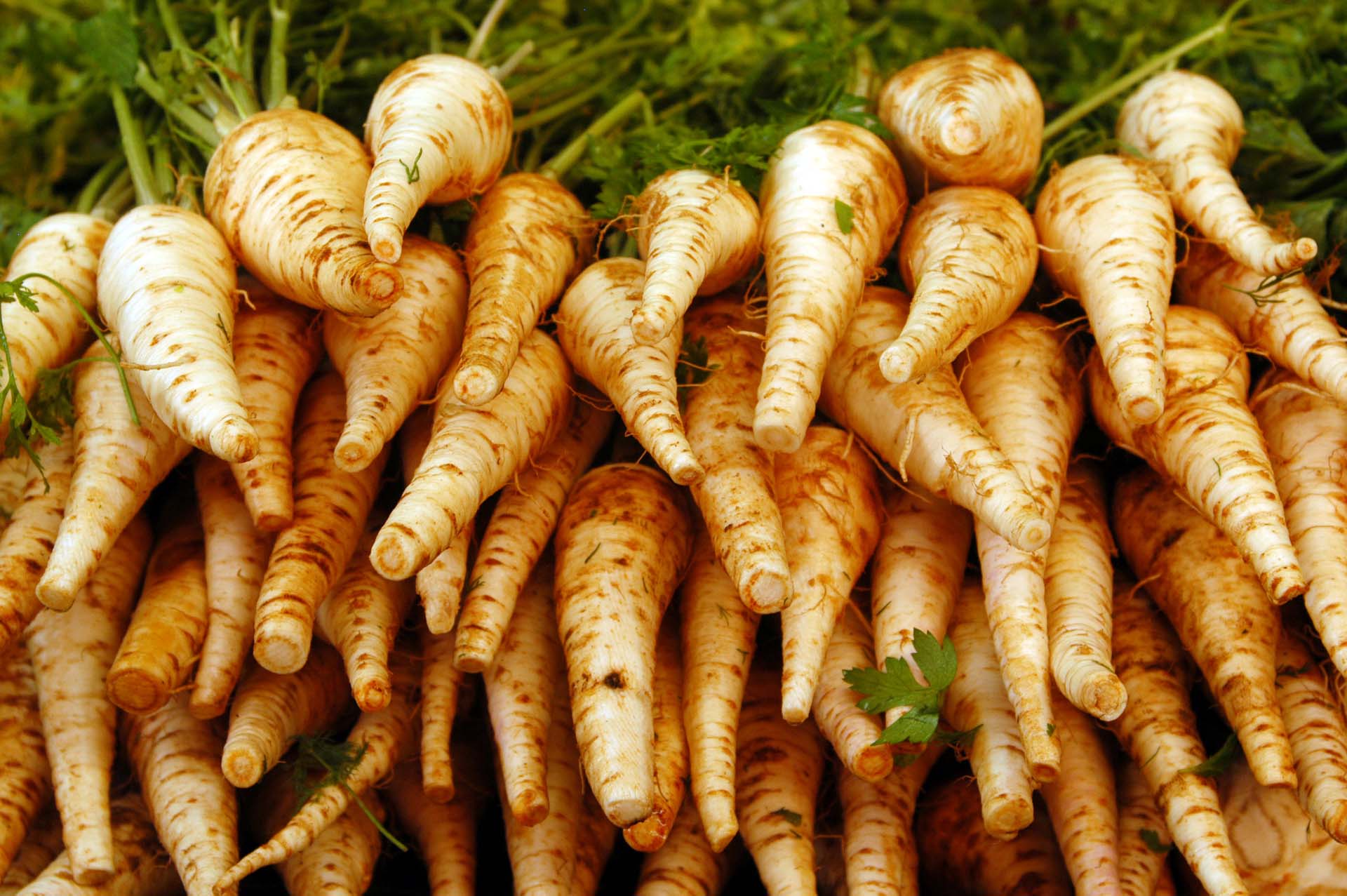
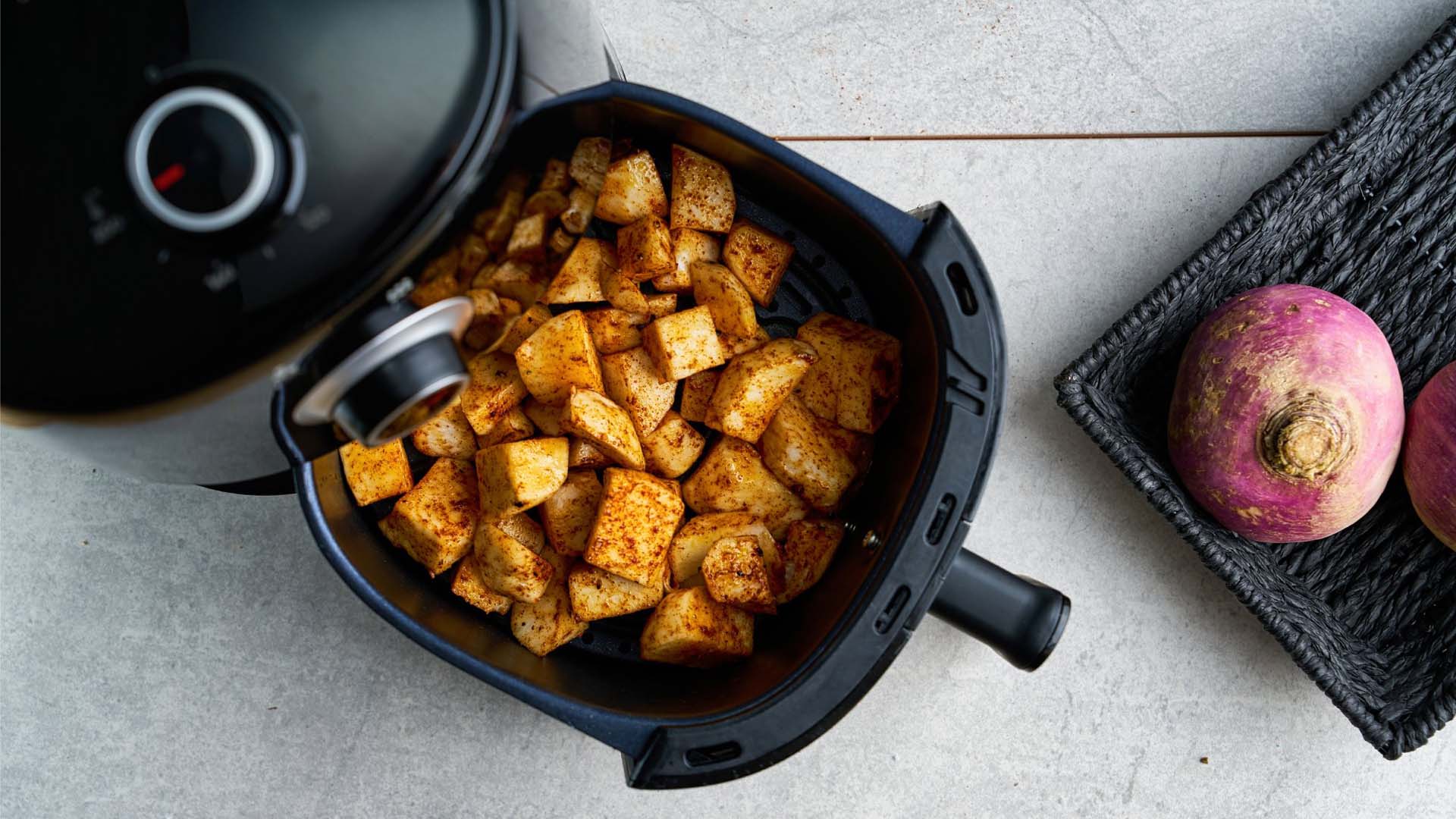
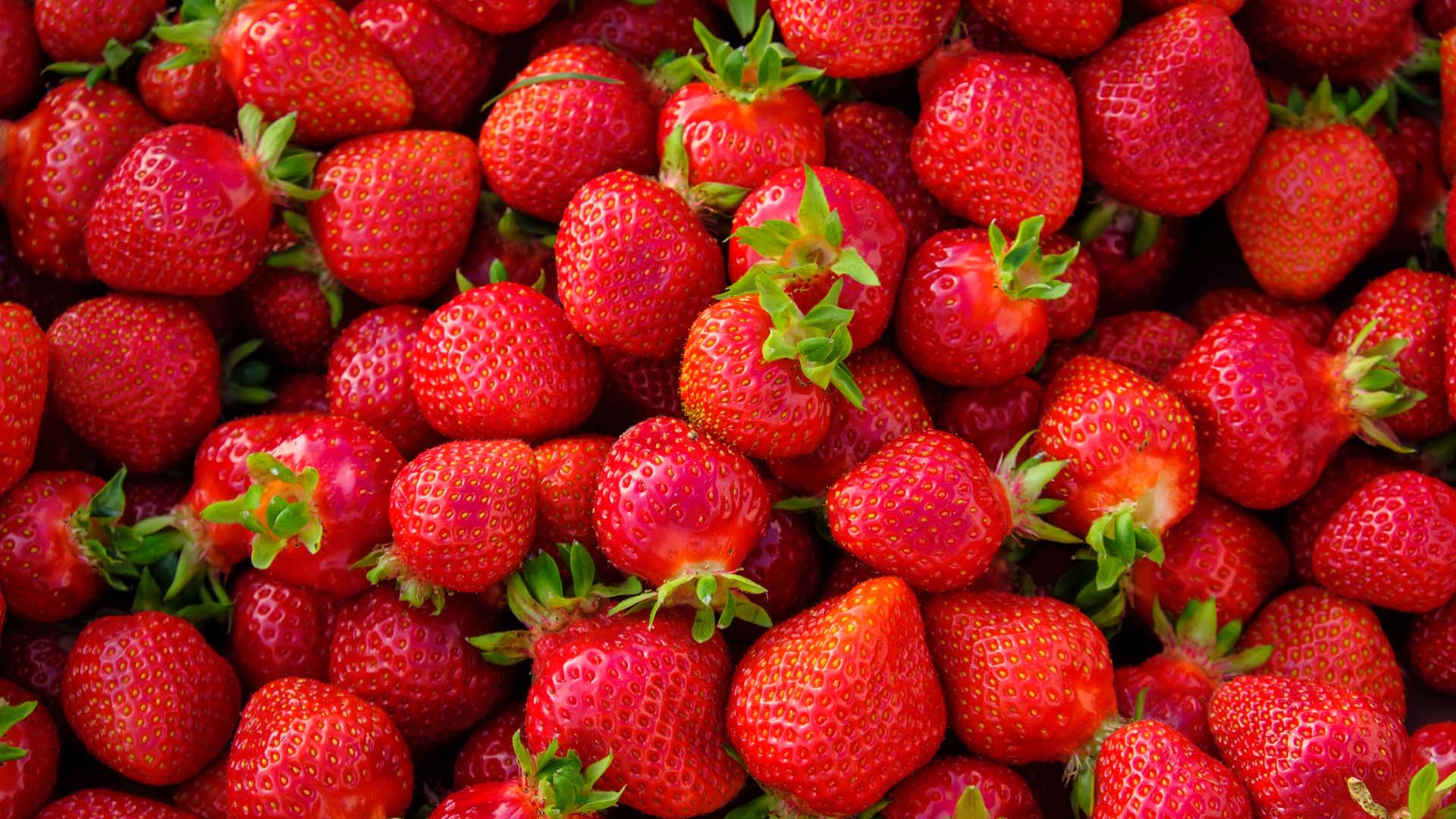
Strawberries don't just taste and look great, they are full of fibre, help your heart health and may even stave off dementia.
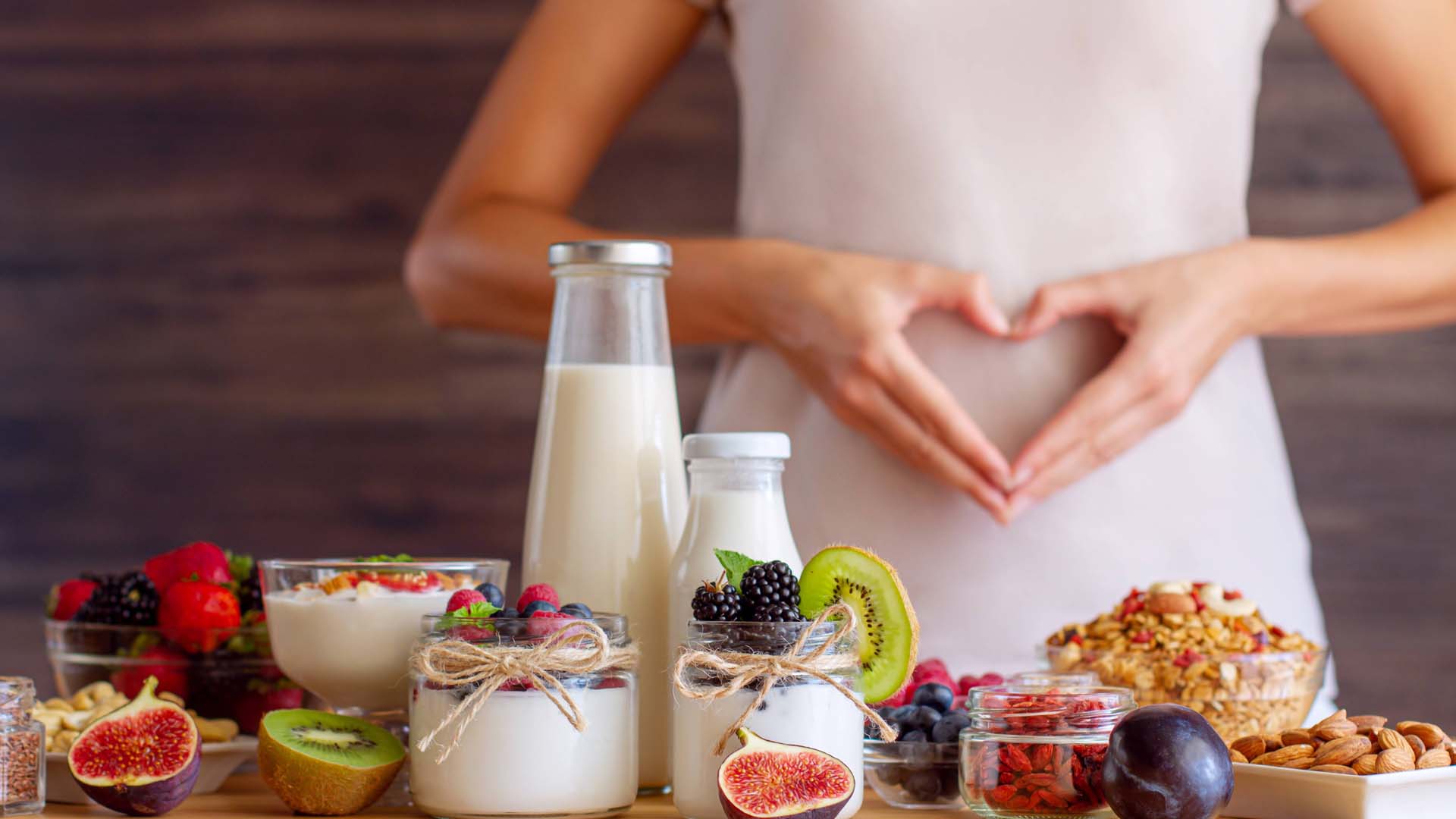
Looking after your gut health could be one of the biggest things that you can do for your overall health. Here are the best foods to keep your gut happy.
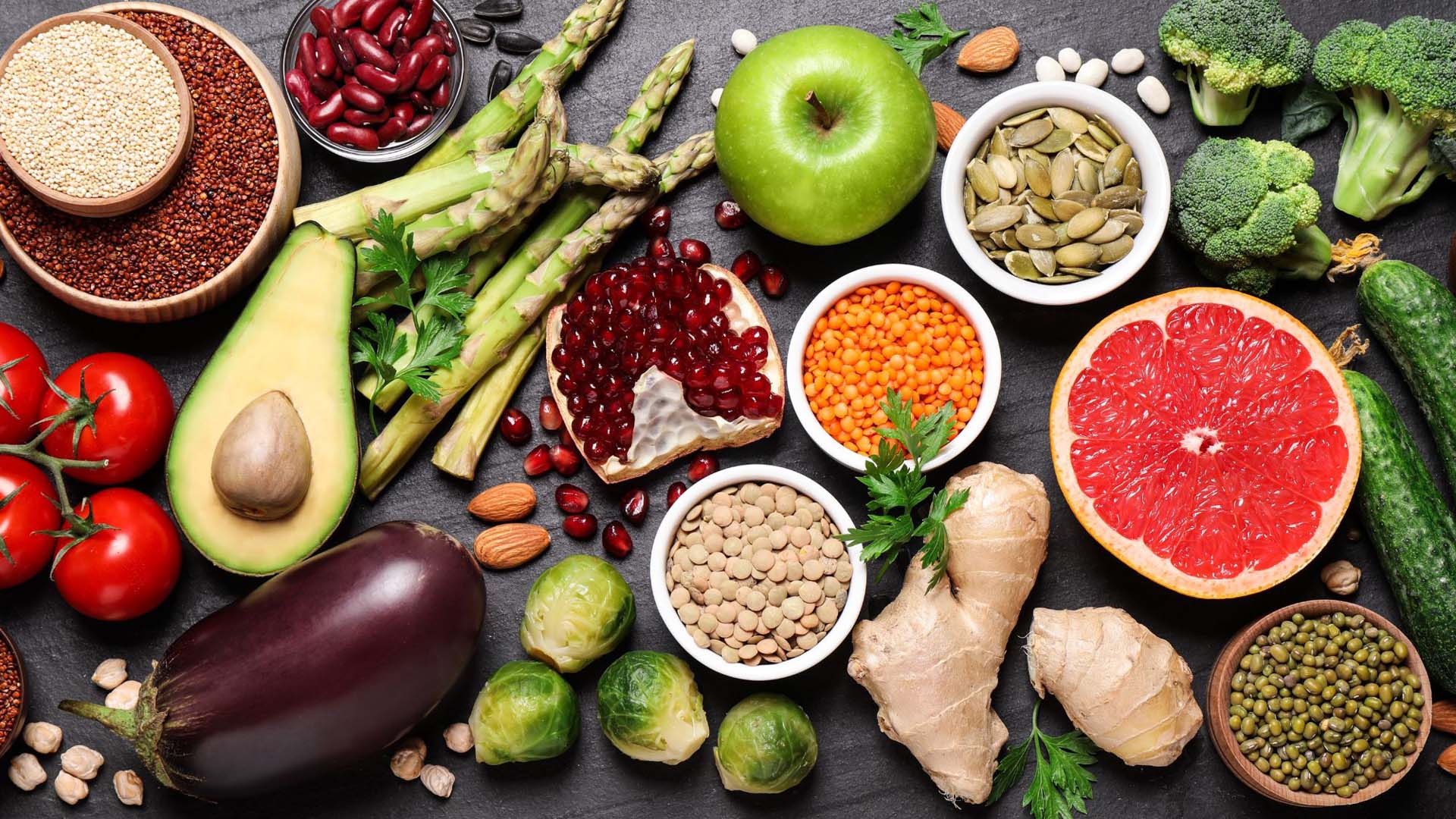
The foods that could help you live longer and protect against chronic illness.